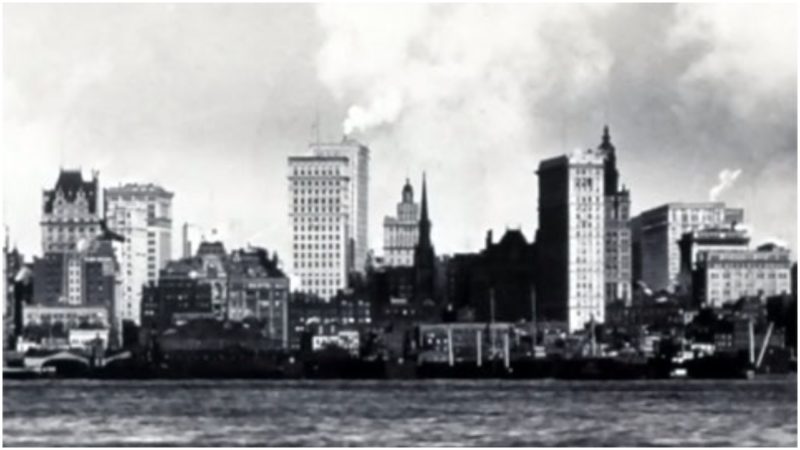When it was completed in 1897, this 20 story skyscraper was considered by some as one of the wonders of New York City and one of the tallest structures in the world.
Praised for its innovative engineering, today the Gillender building is best remembered as the first modern skyscraper to be torn down and replaced with a bigger and taller building. Also, at the time, it was considered the tallest building ever to be demolished voluntarily.
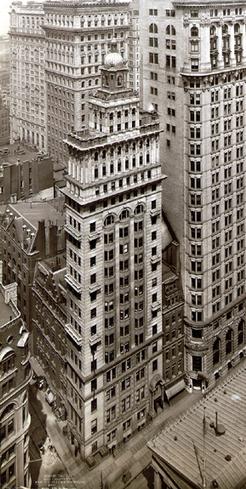
Located in the Financial District of Manhattan, it stood proudly on a narrow strip of land along Nassau Street and the northwest corner of Wall Street. Because of its strange proportions of height and footprint and a lack of larger floor plates, it drew a lot of attention from the public.
On top of that, it was deemed economically obsolete from the start because it stood in a relatively low rentable area, which led to its ultimate downfall.
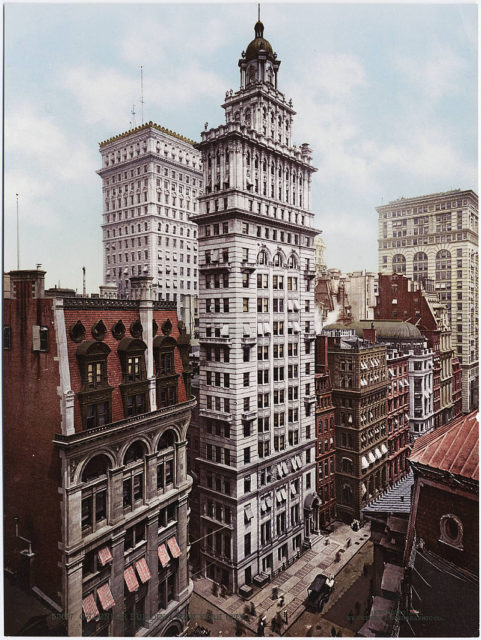
At the turn of the century, steel-frame construction was a novelty, and combined with improved elevator engineering, it made the construction of tall buildings possible. This co inced the New York real estate developers that, from now on, only the sky was the limit. But along with that came the public’s concern that the streets would be left in constant darkness if those tall structures were built.
New building regulations were thrown into the mix to ensure that sunlight made its way to the pavement. But it was already too late because many developers were already bitten by the skyscraper bug. All of them wanted to capitalize on a tenfold increase in land value.
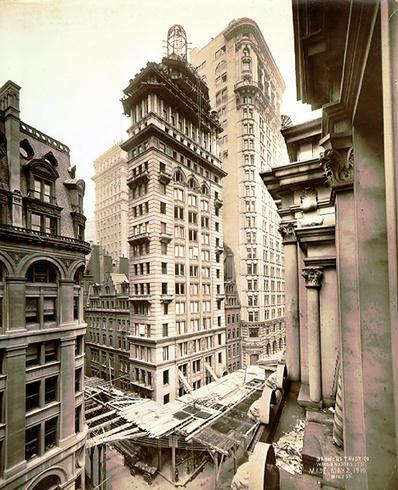
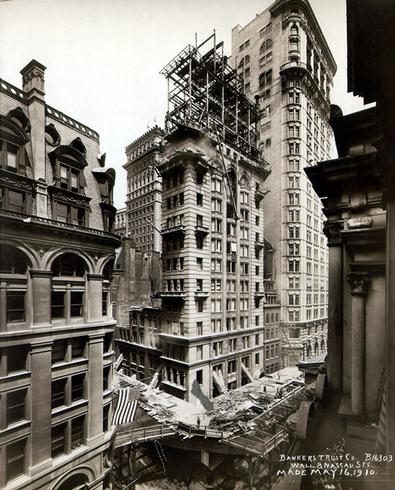
Helen L. Gillender Asinari, owner of a 6-story office building on the corner of Wall and Nassau Street, was one of them. Unsure of what the new building regulations would require, she decided to act quickly, hoping to get ahead of the proposed laws.
Helena hired architects Charles I. Berg and Edward H. Clark from the Charles T. Willis Company. According to contractor Charles T. Wills, the cost of the completed granite-clad structure was $500,000. Construction began in 1896 and was completed exactly ten months to the day.
Fireproof Magazine said that the Gillender skyscraper was one of the most rapidly completed structures in the US. The building gained a lot of attention from journalists and architects who disagreed about the number of floors and its unusual proportions were met with some criticism.
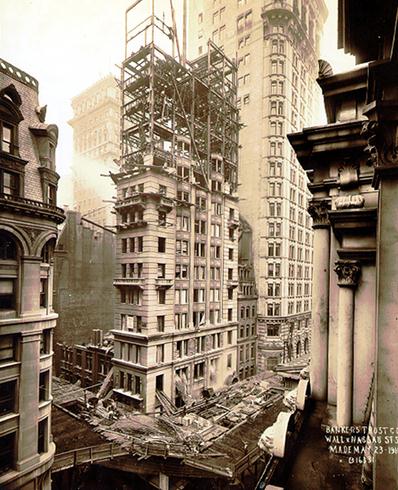
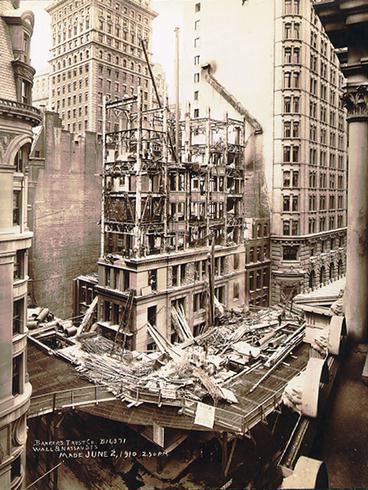
The entire steel framework of the of the skyscraper was wrapped in cement mortar and no combustible materials were used inside. That’s why the building was proclaimed as totally fireproof.
But that proved somewhat false because in July 1897, only months after the building opened, a storm blew in from the harbor and the wooden flagpole atop the cupola was struck by lightning. Three years later, on 31 May 31 1900, the replacement flag pole was struck again.
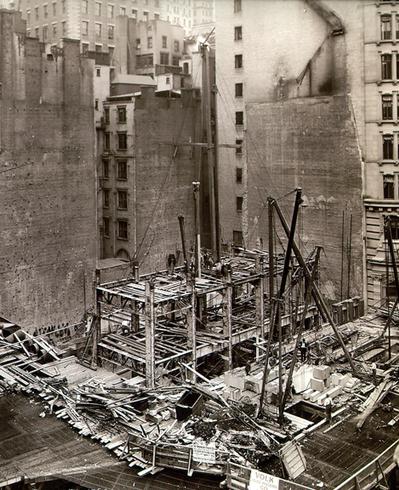
In 1908, it was leased to the Bankers Trust Company, and on 15 December 1909, Helen L. Gillender Asinari decided to sell the Gillender Building to her major tenant, the Manhattan Trust Company. It was purchased for a record fee of $1.5 million (almost $40 million by today’s standards).
This exceptionally slender skyscraper was demolished after only 13 years of existence to make way for the new 39-story Bankers Trust Building. The structure was disassembled from the top down.
